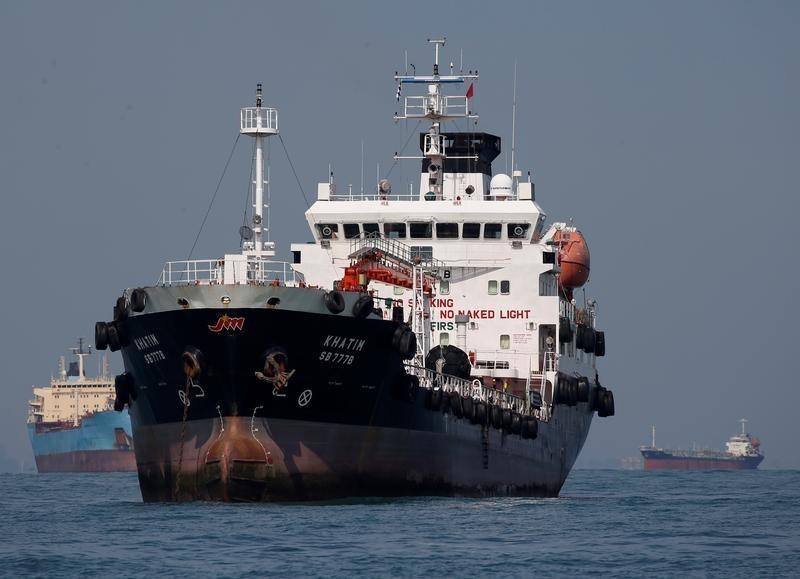By Amanda Cooper
LONDON (Reuters) - Global oil demand will rise more strongly than expected next year, although it is too soon to assess fully the impact of a joint cut in supply by the world's largest producers, the International Energy Agency said on Tuesday.
In its monthly oil market report, the IEA said revisions to its estimate of Chinese and Russian consumption had prompted it to raise its forecast for global oil demand growth this year by 120,000 barrels per day (bpd) to 1.4 million bpd, and to lift its forecast for 2017 by 110,000 bpd to 1.3 million bpd.
The Organization of the Petroleum Exporting Countries agreed on Nov. 30 to cut output by 1.2 million bpd to 32.5 million bpd for the first six months of 2017, together with another 558,000 bpd in cuts from the likes of Russia, Oman and Mexico.
The IEA said the market could show a shortfall of 600,000 bpd early next year if all parties complied with the agreement
"If OPEC and its non-OPEC partners stick to their pledges, global inventories could start to draw in the first half of 2017," the IEA said, adding that this was not its own forecast, but was based on the agreement.
"The deal is for six months and we should allow time for it to be implemented before re-assessing our market outlook. Success means the reinforcement of prices and revenue stability for producers after two difficult years; failure risks starting a fourth year of stock builds and a possible return to lower prices," the Paris-based organisation said.
The IEA raised its estimate of Chinese consumption by 135,000 bpd to 11.9 million bpd for 2016, thanks to sharp rises in imports of mixed aromatics in the first half of this year and better coverage of the independent, or "teapot" refineries.
The IEA said it had more than halved its forecast for non-OPEC supply growth for next year to 220,000 bpd, marking a cut of 255,000 bpd, following the agreement of Russia and 10 other non-OPEC producers to join OPEC's effort to reduce output and speed up the rebalancing of the market.
The agency said global oil supply rose to a record 98.2 million bpd in November, as OPEC production offset declines elsewhere.
Non-OPEC oil production fell by 160,000 bpd in November to 57.1 million bpd, while OPEC crude output rose by 300,000 bpd to a new record high of 34.2 million bpd, the IEA said.
In its last monthly report in November, the IEA warned that without any sort of cut, 2017 could witness another year of "relentless supply growth" from non-OPEC producers.
Crude inventories across the world's richest nations fell for a third month in a row in October, marking their longest stretch of declines since 2011, and falling by 74.5 million barrels from July's record 3.102 billion barrels, the IEA said.
"Total OECD stocks of crude and refined products fell (28 million barrels) on downwardly revised (by 13 million barrels) Sept. 16 levels," energy consultant Tudor Pickering Holt said in a research note, referring to the Organisation for Economic Cooperation and Development, which groups developed countries.
"Over the past three months (July through October), total stocks fell (72 million barrels) versus (the) normal (2 million barrels). According to this arithmetic, the oil market has already rebalanced . . . before OPEC cuts effective Jan. 1."
IEA chief Fatih Birol told a conference in Prague that higher oil prices would weaken global demand.
"If the price goes up to around $60, we will see investments from the U.S. and elsewhere and we will see a lot of oil coming from the U.S. and other regions," he said. "Global oil demand growth, with high prices, will be weaker."
